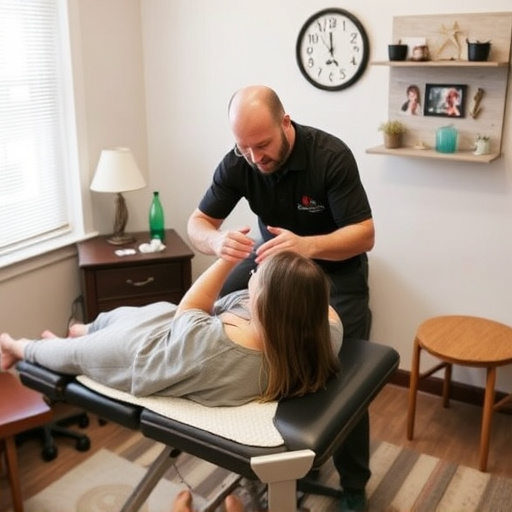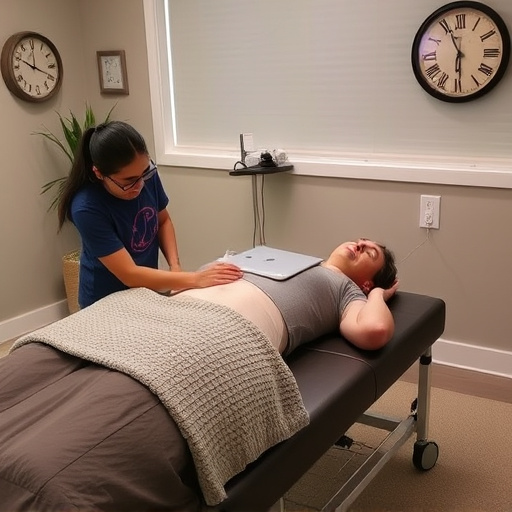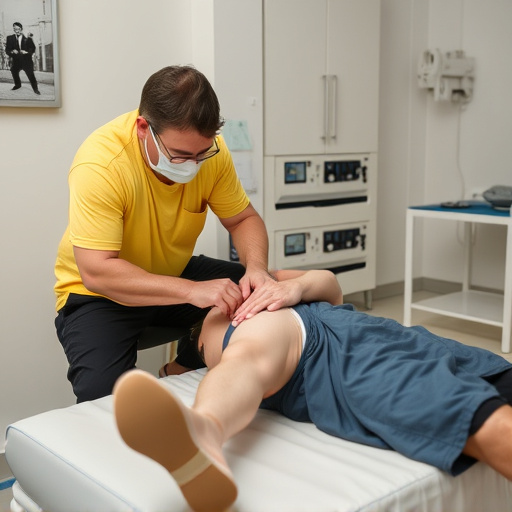Understanding military injury treatment options is crucial for effective recovery. Recognizing red flags in plans and seeking second opinions ensures optimal care. Complex conditions may require external expertise for accurate diagnosis and tailored treatment plans to achieve best outcomes.
In the complex landscape of military injury treatment, knowing when to seek a second opinion can be pivotal. This article guides service members and veterans through essential steps, focusing on understanding treatment options, recognizing red flags in recovery plans, and navigating the process effectively. By delving into these aspects, we empower individuals to make informed decisions about their military injury care, ensuring they receive the best possible outcomes for their unique circumstances.
- Understanding Your Treatment Options Thoroughly
- Recognizing Red Flags in Recovery Plans
- Navigating the Process: When to Seek External Expertise
Understanding Your Treatment Options Thoroughly

Understanding your treatment options is a crucial step when navigating military injury care. It’s essential to be an active participant in your recovery process and make informed decisions about your health. When it comes to military injury treatment, there are often various approaches available, each with its own benefits and considerations. Seeking a comprehensive overview of these options from healthcare providers can provide valuable insights. For instance, some conditions may respond well to conservative measures like physical therapy and medication, while others might require more intensive interventions such as surgical procedures or specialized therapies like shockwave therapy for pain relief.
Taking the time to research and grasp the full range of possibilities empowers service members to engage with their treatment plans effectively. This includes learning about non-invasive solutions for issues like sciatica relief or back pain, which can be life-changing alternatives. By thoroughly exploring these options, individuals can collaborate more meaningfully with medical professionals, ensuring that their unique needs are met and that they receive the best possible care for their military injury.
Recognizing Red Flags in Recovery Plans

Recognizing Red Flags in Recovery Plans
When it comes to military injury treatment plans, seeking second opinions is a crucial step in ensuring proper post-injury care. Service members often face unique challenges and complex medical issues that require meticulous attention. If a recovery plan seems rushed or lacks comprehensive strategies for managing symptoms like persistent headaches, it could be a red flag. Prompt action is essential, but effective treatment demands a thoughtful approach, especially for long-term outcomes in post accident rehabilitation.
Paying close attention to details such as the breadth of recommended therapies, medication management, and realistic goals set by healthcare providers can help identify potential concerns. A thorough second opinion allows for a deeper understanding of the injury, facilitating more tailored interventions for headache relief or other symptoms. This proactive measure ensures service members receive the best possible post-injury care.
Navigating the Process: When to Seek External Expertise

Navigating the process of seeking treatment for a military injury can be complex, especially when dealing with specialized care like lower back pain or post-accident rehabilitation. Service members often have access to comprehensive medical facilities within their branches, but there are instances where external expertise is crucial for an accurate diagnosis and effective military injury treatment plan. If you’re considering whether it’s time to seek a second opinion, remember that this decision should be based on your unique situation and the specific nature of your injury.
When symptoms persist or if your initial treatment plan doesn’t offer the desired relief, especially in cases of chronic conditions like lower back pain, seeking external expertise can provide valuable insights. Additionally, if you’ve already undergone a post-accident rehabilitation program but continue to experience challenges, consulting with specialists outside your current medical network might open doors to alternative wellness care solutions. Remember, the goal is to ensure you receive the best possible treatment for your military injury.
Seeking a second opinion for your military injury treatment plan is a strategic move that ensures you receive the best care. By understanding your options and recognizing potential red flags, you can navigate the process confidently. Don’t hesitate to consult external experts when needed, as it may lead to significant improvements in your recovery journey. Remember, thorough knowledge of your treatment plan empowers you to make informed decisions regarding your military injury care.














